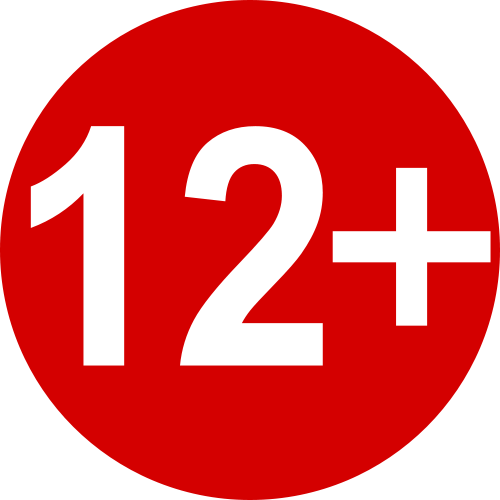Library Contest “Thoughtful Reader”: Reflection on the Results in Terms of the Methodological Approach
Author(s)
Elena S. Romanicheva, Candidate of Sciences (Pedagogy), Associate Professor, Leading Researcher of the Laboratory of Socio-Cultural Educational Practices Research Institute of Urban Studies and Global Education, https://orcid.org/0000-0003-2649-3715, Moscow Сity University
4 Vtoroy Selskokhozyaistvenniy Proezd, Moscow, Russia, 129226, tel: +7 (499) 1812462, This email address is being protected from spambots. You need JavaScript enabled to view it.
Abstract. Abstract. In the introduction, the author talks about the specifics of the school subject “literature”, in which, as the didacts showed, there are two leading components, namely scientific knowledge and methods of activity. The author adds to what is said by the predecessors: the specifics of the subject is that its results are of a delayed nature. In the process of mastering literary education, one of the indicators of its achievement is the independent reading circle.
Materials and methods. The works of the finalists of the contest “Thoughtful Reader” (64 works), which is held by the Central City Children’s Library named after A. P. Gaidar (Moscow), served as materials to prove this thesis. Under the conditions of the two-stage contest, a review or a critical review of the text (the choice of genre was left to the readers) should be written on the work selected by experts for the catalogue “100 Best Books for Children and Teenagers” (issues of 2022 or 2023). The purpose of the catalogue is to guide the reader in exploration of modern children and adolescent books. The first stage of the contest aims to solve this problem. This part of the article also presents quantitative results of readers’ choice, distributed in four categories. Based on quantitative data, the author of the article traces a negative trend that teen readers, middle school students, stop visiting the library, and suggests that either this is caused by the shift toward electronic reading for the most part, which leads to the use of other resources, or by the overload of their academic classes, which leaves no time for independent reading.
Bibliography overview. Before introducing the reader to the qualitative results of the contest papers analysis, the author, relying on the latest modern research, one of which highlights the history of the issue, clarifies the content of the term “independent reading”.
Results. The results of the study are presented by nominations. In addition, the texts of the participants are examined within the context of a methodical approach and are seen as essential teaching resources, as M. A. Rybnikova suggested at the time. The participants of the junior nomination work with the text as readers and naive realists: first, they give their emotional response to the book, but many strive not only to retell the content, but also to say something about the artistic merits of the book, to appeal not only to the verbal, but also to the visual imagery. Unfortunately, the influence of “adults” is visible in the works: young readers start saying “this book teaches” and become lost on the stationery. The participants of the senior nomination in the conversation about the book do not come from its author, but from themselves as a reader: they talk about the reading process, about their understanding/misunderstanding of the characters, events and the author. Most of them have overcome naive realism, but in books they are looking primarily for what is close to them, they are mainly interested in reading and talking about themselves. The reading circle of readers of this age includes, among other things, a graphic narrative, they pay attention to the visual imagery, which often becomes an entry point into the book for them; they also focus on the artistic merits of the work, strive to fit the book into a number of works of the same genre. The participants of the adult nomination concentrate on the “educational potential” of the book, its resourcefulness (help in a difficult life situation); they write mainly reviews, oftenevaluate the book on the principle of what “it lacks”. There are some very interesting works according to the reviews from the adult participants. These are particularly texts that “encourage” schoolchildren to read contemporary literature by explaining how to read a “silent book” The participants of the family nomination (the fewest) primarily consider the book as a resource for the joint communication of readers of different generations.
In conclusion based on the conducted content analysis, several conclusions are made. The first is that the formation of the reader’s competence is evidenced by the choice of a book for independent reading, the ability and willingness to talk about it within the framework of a detailed statement. The analysis of the works also revealed problem issues: none of the “thoughtful readers” writes about reading as a pleasure. According to the author of the article, this is one of the consequences of studying literature at school, where the emphasis is placed on the “educational role” of the book, and not on the fact that that a work of art is first and foremost a work of art. The author also claims that visual literature has entered the reading circle of schoolchildren, the practices of working with which require to be comprehended and described.
Keywords: contest “Thoughtful reader”, independent reading, methodical approach to the analysis of works, content analysis of reader nominations, expansion of the reading circle of schoolchildren
For citation: Romanicheva E.S. Library Contest “Thoughtful Reader”: Reflection on the Results in Terms of the Methodological Approach. Pedagogicheskiy IMIDZH = Pedagogical IMAGE. 2023; 17 (3): 372-387 (In Russ.). DOI: https://doi.org/10.32343/2409-5052-2023-17-3-372-387
DOI: https://doi.org/10.32343/2409-5052-2023-17-3-372-387
UDС: 37.035.461+372.882






